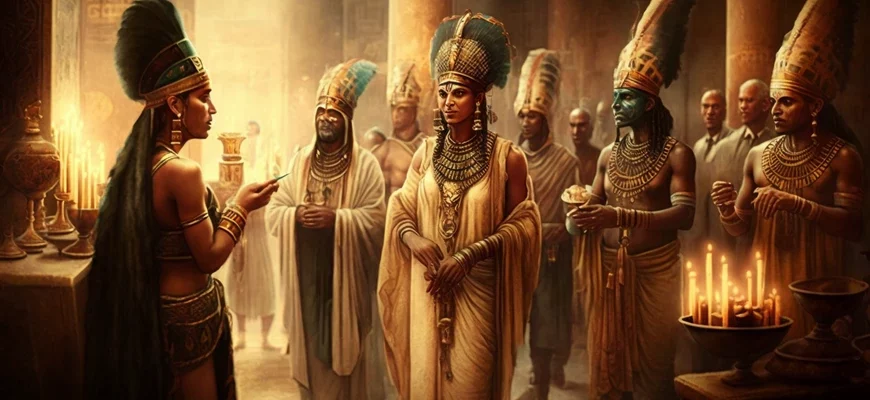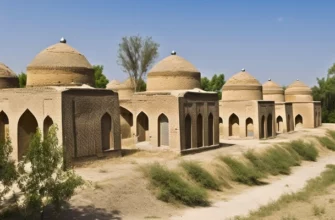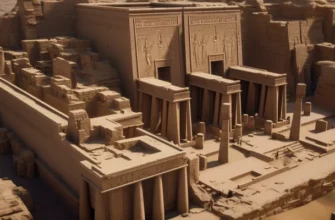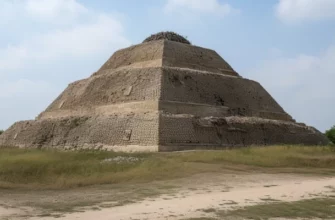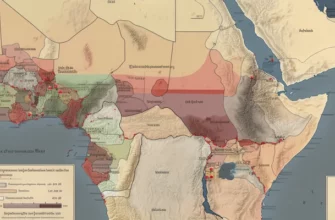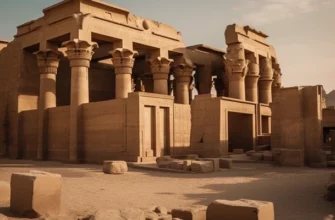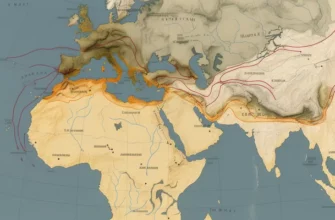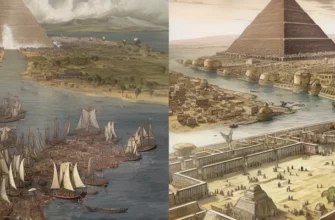In ancient Egypt, New Year celebrations were associated with rituals performed in honor of the god Ra. This holiday fell on the beginning of the summer solstice, when Ra was considered the god who awakens from sleep and returns to the world of the living. On this day, people made sacrifices to Ra and performed various rituals associated with sunrise and sunset. One of the most famous rituals was the lighting of a large bonfire, which symbolized the sun and new life. Various entertainments were also held on this day, including music, dancing, and games. In general, the celebration of the New Year in ancient Egypt was very important and symbolized the beginning of a new cycle of life and the sowing season.
The calendar of seasons in ancient Egypt
The ancient Egyptian calendar consisted of 365 days and was divided into three seasons: Akhet (flooding), Peret (sowing), and Shemu (harvesting). Each season consisted of four months of 30 days. At the end of the year, five additional days were added, called Epagomenal Days. These days were holidays and were used for various rituals and ceremonies. The ancient Egyptian calendar was linked to solar cycles and various astronomical phenomena. It helped people determine the time for sowing and harvesting, and also reproduced the cycle of life and death, which was so important to ancient Egyptian religion. The calendar of seasons in ancient Egypt was an important element of the culture and traditions of this ancient civilization.
The role of the calendar in New Year celebrations
The ancient Egyptian calendar played an important role in New Year celebrations. This holiday, called the “Spring Equinox,” took place on the day when the length of the day and night were equal. It marked the beginning of the new year in the calendar of ancient Egyptian civilization. On this day, religious ceremonies and rituals were held to honor the sun gods and make sacrifices. In addition, it was a time for various cultural events, including sports competitions and contests. The ancient Egyptian calendar helped people determine the time for these celebrations and ensured that they were held in accordance with the seasons and astronomical cycles, which gave them even greater significance.
Rituals in honor of the god Ra
The god Ra was one of the most important gods in ancient Egyptian mythology, symbolizing the sun and life. In ancient Egypt, the New Year was celebrated by performing religious rituals and sacrifices. One of these rituals involved placing a golden image of Ra on the roof of the temple on the evening before the celebration of the Spring Equinox. During the ritual, priests addressed the god, performing various songs and prayers.
On the day of the holiday, priests wore special clothes and performed religious rites during the sacrifices to Ra. The ceremony consisted of several stages, including the recitation of prayers, the performance of ritual dances and songs, and the burning of sacrifices. These rites were intended to honor the god Ra and invite his blessings for the new year.
The New Year’s holiday was an important event in the life of ancient Egyptian civilization, symbolizing the beginning of new life and hope for the future. Religious rituals associated with the god Ra played a significant role in the celebration of this holiday and were an integral part of ancient Egyptian culture and traditions.
Description of the god Ra and his role in ancient Egyptian mythology
The god Ra in ancient Egyptian mythology symbolized the sun and life, was considered the highest deity, and was revered throughout Egypt. Ra played an important role in the celebration of the New Year because he symbolized the beginning of a new cycle of life and hope for the future.
In ancient Egyptian mythology, Ra was depicted as a human-like god with the head of a falcon and a sun disk on his head. His sun disk was called “Aten” and was a symbol of life and light. Ra was the god of creation and the deity of the sky, bringing light and warmth to the earth.
During New Year celebrations, priests performed religious rituals and sacrifices to Ra to receive his blessings for the new year. The rituals included reciting prayers, performing ritual dances and songs, as well as burning and sacrificing offerings.
The role of the god Ra in ancient Egyptian mythology and his significance in New Year celebrations reflects the importance of the sun and its light in the lives of the Egyptians. Belief in the god Ra helped the inhabitants of Ancient Egypt survive the cold and dark season and maintain hope for new life and light.
Description of the rituals associated with Ra during the New Year celebrations
The celebration of the New Year in Ancient Egypt was associated with numerous rituals aimed at ensuring the blessing of the god Ra for the new year.
One of the most important rituals was associated with dawn, when the sacred banner symbolizing the god Ra was raised. Special priests performed religious songs and prayers addressed to Ra, asking for his blessing for the coming year.
Another ritual was associated with the celebration of the spring equinox, when the sun rose high in the sky above the earth. On this day, large festive processions were held, in which priests and the most important people of the country participated. They carried sacred images of Ra and other gods, performed dances and songs, and made sacrifices to the gods.
Ritual banquets also played an important role in the New Year celebrations, during which special dishes were eaten that symbolized fertility and vitality. For example, one such dish was wheat grains, which were scattered on the ground, asking the god Ra for fertility and health.
All these rituals and traditions of celebrating the New Year in Ancient Egypt were aimed at preserving the life and prosperity of the country, as well as ensuring the blessing of the god Ra for the coming year.
Conclusion
How was New Year celebrated in Egypt in ancient times? Were linked to the country’s complex mythology and beliefs, and its rituals and traditions reflected the importance of Ra as the sun god and creator. The calendar of seasons determined the timing of the celebrations, and banquets and other rituals were designed to ensure the blessings of the god Ra and preserve the country’s prosperity. The New Year celebrations were one of the most important events in Ancient Egypt, demonstrating the connection between the country and the divine forces.
